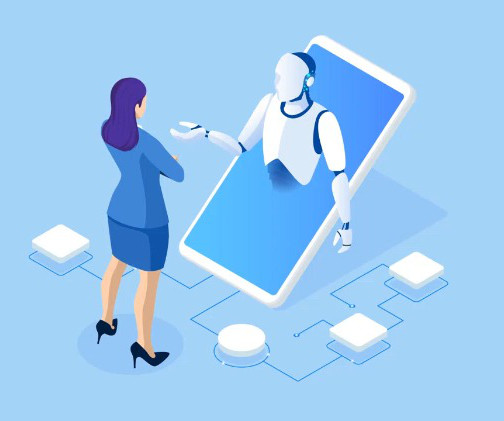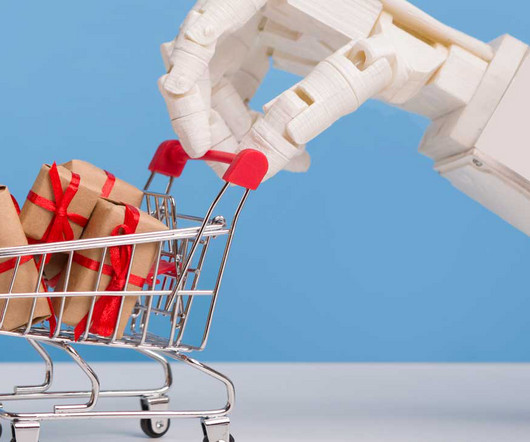Sick of hearing about AI? The key is understanding how to make it work for you
Inside Retail
SEPTEMBER 3, 2024
Targeted advertising: You can use data to target promotions effectively, enhancing campaign ROI. In-store enhancements Computer vision: Improves product displays and store layouts to attract shoppers. There are nuances with every brand and business that you need to think about and consider.















Let's personalize your content